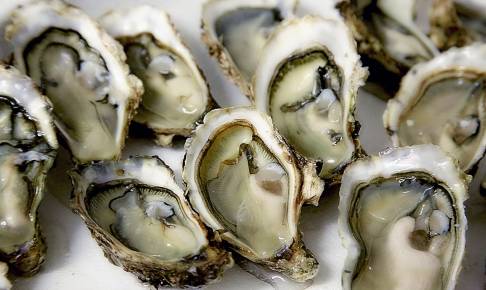France: study traces the origin of cheese-related outbreak of tick-borne encephalitis
In the spring of 2020, an outbreak of tick-borne encephalitis has been observed for the first time in France. It affected 43 people, who had all consumed raw milk goat cheese, leaving them suffering from meningitis, meningoencephalitis, or flu-like symptoms. In response to the outbreak, the French Agency for Food, Environmental and Occupational Health & Safety (ANSES) has been carrying out investigations to understand the circumstances, improving the detection of the virus in raw milk products and thereby preventing similar risks of contamination. The first results of their work have recently been published.
Tick-borne encephalitis (TBE) is a human viral infectious disease involving the central nervous system and occurring in many parts of Europe and Asia. The TBE virus is transmitted by the bite of infected ticks, found in woodland habitats.
Early investigations found that all the cheeses involved were from the same farm. These cheeses were soon after that withdrawn from the market to avoid further contamination, while the goats were confined indoors. A quarter of the goats had antibodies against the TBE virus, indicating that they had been previously exposed to the virus and that it was present quite strongly in the area. The virus was detected in the milk of three of them. Knowing that TBEV can be excreted in milk up to 23 days after infection, the goats had been infected recently.
This first case of food-borne infection in France underlined the importance of having effective methods for the detection of tick-borne encephalitis virus in dairy products. ANSES scientists thus took part in evaluating the method used to ensure that it was sufficiently sensitive and specific to TBEV.
To prevent further risks of TBE contamination, ANSES researchers have investigated the suspected farm using an integrative One Health approach. Their methodology included (i) detecting the virus in cheese and milk products, (ii) serological testing of all animals in the suspected farm and surrounding farms, (iii) analyzing the landscape and localization of wooded areas, (iv) capturing questing ticks and small mammals for virus detection and estimating enzootic hazard, and (v) virus isolation and genome sequencing.
The study confirmed the alimentary origin of the TBE outbreak and witnessed in real-time the seroconversion of recently exposed individuals and the excretion of the TBE virus in goat milk. The scientists also identified a wooded focus area where and around which there is a risk of exposure to TBE virus. The TBE virus linked to the outbreak was found to belong to the European subtype of TBE virus.
Since the first cases in 2020, a few other cases of contamination through food have been reported in France. Therefore, the study suggests the need for facilitating surveillance of TBE incidence and distribution throughout the country.
Sources:
https://www.anses.fr/fr/encephalites-a-tiques-fromages-lait-cru
https://hal-anses.archives-ouvertes.fr/anses-03648941/document






















